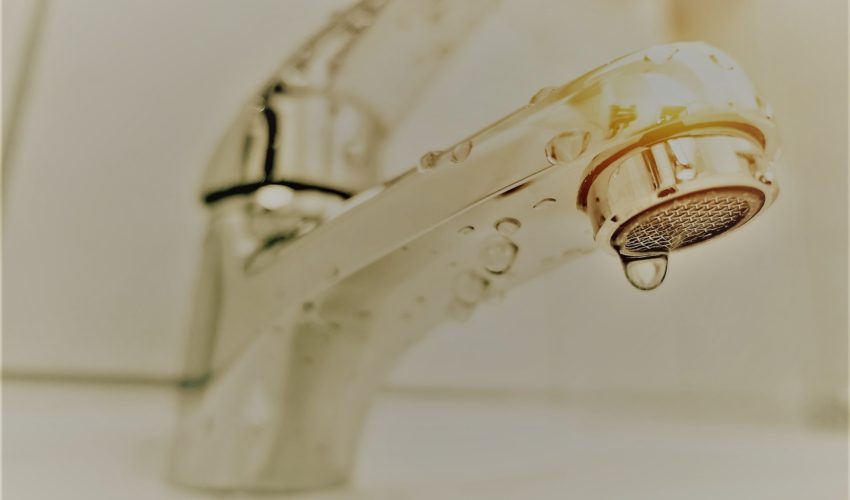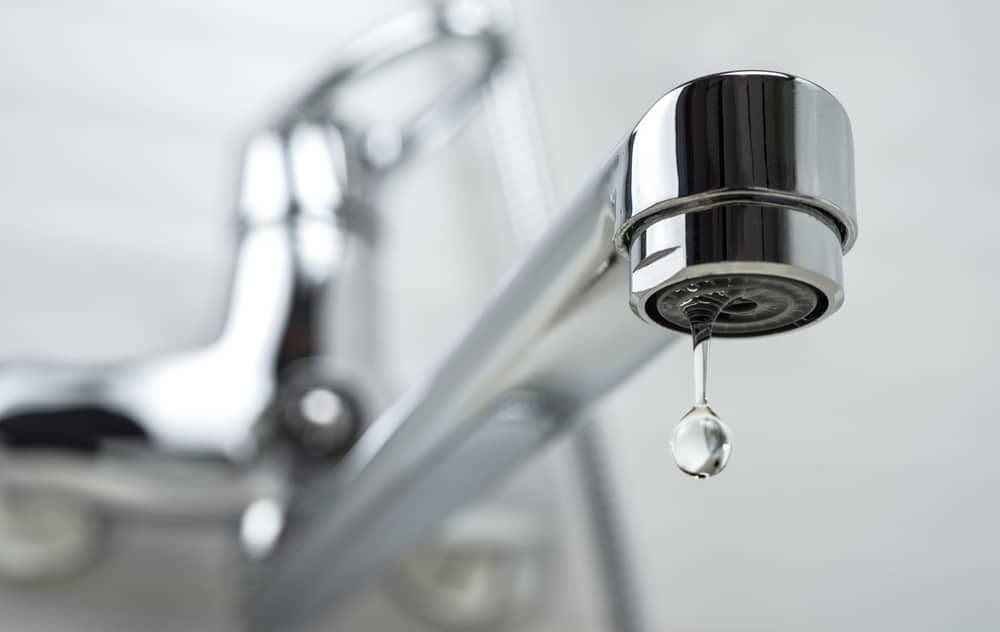Just how do you really feel when it comes to Dealing with Low Water Pressure in Your Home?

Low tide stress in your house can be an irritating problem, affecting every little thing from showering to cleaning recipes. If you're experiencing weak water circulation, there are a number of feasible reasons and options to check out. In this guide, we'll go over usual factors for low tide pressure and practical actions to attend to the issue efficiently.
Introduction to Low Water Pressure
Low tide pressure occurs when the circulation of water from your faucets, showers, and other components is weaker than common. This can make day-to-day jobs much more difficult and much less reliable. Understanding the sources of low tide pressure is crucial to locating the ideal option.
Usual Sources Of Low Water Pressure
Faulty Stress Regulatory Authorities
Pressure regulators are accountable for preserving constant water pressure in your house. If they malfunction, it can lead to low water stress or irregular flow throughout your house.
Local Water Supply Issues
Occasionally, the problem lies outside your home. Municipal water problems, such as main line leakages or upkeep work, can briefly minimize water stress in your location.
Pipe Obstructions
With time, pipes can become obstructed with mineral deposits, debris, or particles, restricting the circulation of water. This is a common issue in older homes with galvanized steel pipelines.
Corrosion
Deterioration within pipelines can lead to leakages and lowered water stress. Corrosion build-up can restrict water circulation, specifically in aging plumbing systems.
How to Diagnose Low Tide Stress
Checking Pipes
Evaluate noticeable pipes for indicators of leaks, rust, or obstructions. Focus on any type of uncommon sounds, such as knocking or rattling pipelines, which could suggest concerns within the plumbing system.
Consulting with a Plumber
If you're not able to identify the reason for low water pressure, think about working with an expert plumber to perform an extensive examination. They can recognize underlying concerns and advise appropriate services.
Examining Taps and Fixtures
Beginning by examining the water pressure at different taps and components throughout your home. If the concern is separated to particular areas, it might show local problems.
DIY Solutions to Repair Low Tide Stress
Flushing Hot Water Heater
Debris buildup in the hot water heater can limit flow and reduce effectiveness. Purging the storage tank occasionally assists get rid of debris and maintain optimum efficiency.
Examining Pressure Regulator
Make certain that the pressure regulatory authority is working correctly. Adjusting or changing the regulatory authority can assist bring back appropriate water pressure throughout your home.
Cleaning Aerators and Showerheads
Mineral deposits can collect in aerators and showerheads, lowering water circulation. Remove and clean up these components on a regular basis to boost water stress.
Clearing Up Clogs in Piping
For small obstructions, attempt making use of a plumbing snake or chemical drain cleaner to clear obstructions in pipelines. Beware when utilizing chemicals and follow security guidelines.
When to Call a Professional Plumber
If DIY initiatives fail to fix the issue or if you think considerable plumbing problems, it's finest to seek help from an accredited plumber. They have the knowledge and tools to attend to complicated issues safely and effectively.
Safety Nets to Maintain Water Pressure
Setting Up a Pressure Booster
Consider setting up a stress booster pump to improve water pressure in locations with constantly low flow. This can be particularly helpful for multi-story homes or buildings with high-demand fixtures.
Surveillance Water Usage
Be mindful of water usage habits and stay clear of ill-using the plumbing system. Basic adjustments, such as incredible showers and washing lots, can help maintain sufficient water pressure.
Routine Upkeep
Arrange routine upkeep for your plumbing system to prevent problems such as rust, leaks, and clogs. Resolving small problems early can assist prevent even more substantial fixings later on.
Conclusion
Taking care of low water pressure can be frustrating, however determining the underlying causes and implementing proper services can restore ideal circulation throughout your home. Whether it's cleaning up aerators, examining pipes, or talking to a plumber, taking aggressive actions can guarantee a steady supply of water for your everyday demands.
FOUR WAYS TO FIX LOW WATER PRESSURE NOW
Turning on a shower or faucet only to find the water comes out in a sad, slow drizzle is never a good feeling. How exactly are you supposed to wash a pan or take a quick shower when it takes 10 minutes just to rinse off a little soap? The good news is that when your water pressure is bad, there's always a cause: typically one that can be easily fixed. Here are some of the most common causes of low pressure and what you can do to fix the issue:
DEBRIS AND MINERAL DEPOSIT BUILDUPS
If you notice low water pressure from just one or two of the fixtures in your house, the problem likely has to do with debris buildup. Water is full of minerals and other debris, all of which can accumulate in your pipes and on your fixtures. This can cause a blockage that affects how much water flows through. To fix this, try filling a small plastic bag with white vinegar, and use a rubber band to hang it around your showerhead or faucet. Let the head of the fixture soak for a few hours, and the vinegar should loosen the deposits.
WATER LEAKS
Leaks are another common cause of low water pressure. If water is flowing out of your plumbing through a hole or crack before it can reach your fixture, the pressure coming out of the faucet or showerhead will be lower. A plumbing professional is your best bet for finding and repairing a leak in your water supply pipes.
Leaks are another common cause of low water pressure. If water is flowing out of your plumbing through a hole or crack before it can reach your fixture, the pressure coming out of the faucet or showerhead will be lower. A plumbing professional is your best bet for finding and repairing a leak in your water supply pipes.
A VALVE ISSUE
If you have low water pressure throughout your home, check your main shut-off valve to make sure it's completely open. You may also want to see if there's a pressure-reducing valve installed. If there is, have a plumber help you adjust the settings to get the pressure you're looking for.
OTHERS USING WATER
Believe it or not, your low water pressure could be caused by your neighbors. If you notice low pressure at certain times of day, it may be because you and the people living next to you have similar schedules - when everyone is showering at the same time, the pressure will be lower in every home. Low pressure throughout the neighborhood may also be caused by an issue with your municipal water supply. If that's the case, call the supplier to see if they're working on the issue.
https://www.rotorooter.com/blog/water-leaking/low-water-pressure-fixes/

I recently found that review about while surfing around the search engines. Enjoyed our piece? Please quickly share it. Help others discover it. Thank you so much for going through it.
Schedule Appointment Now